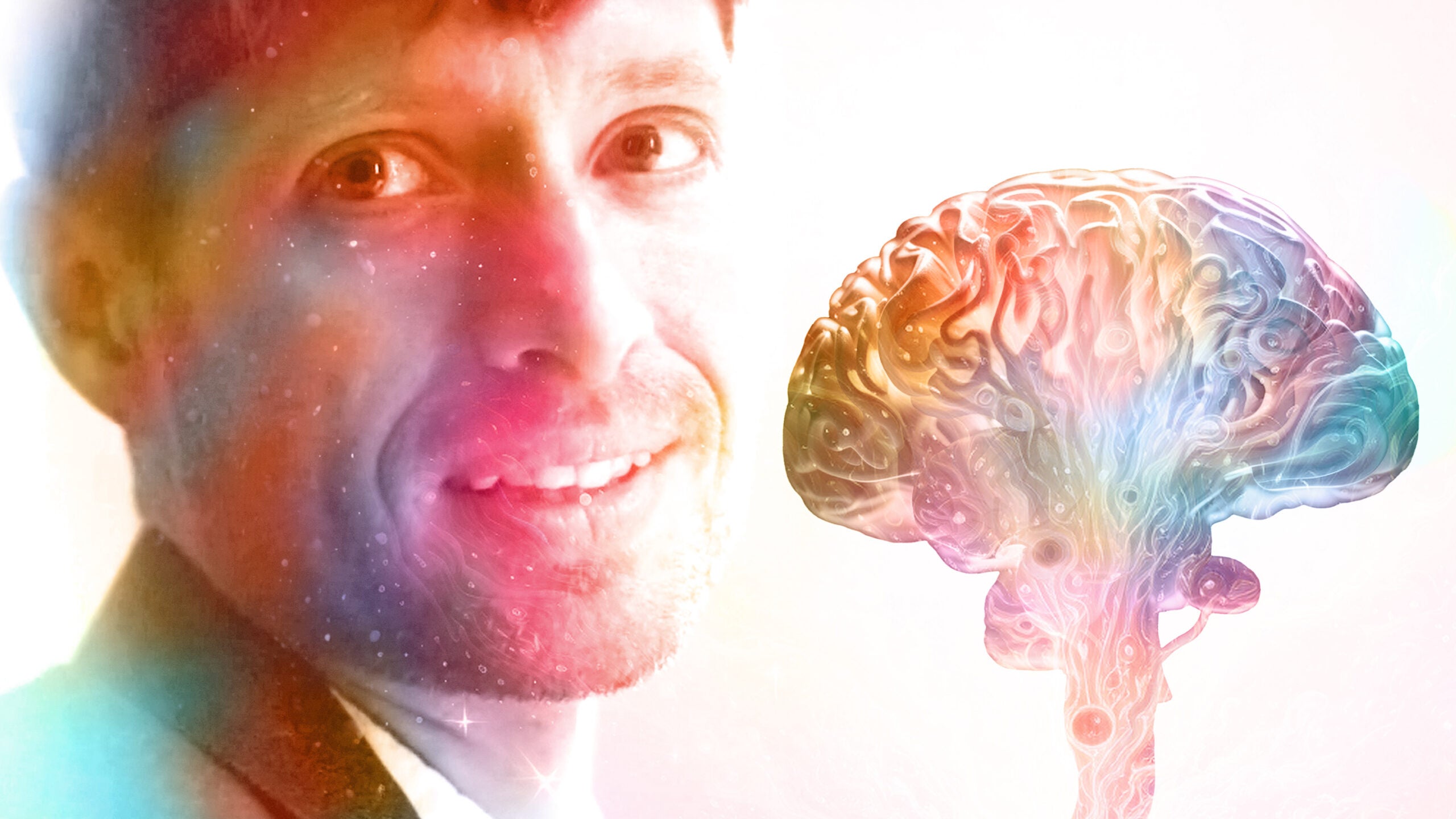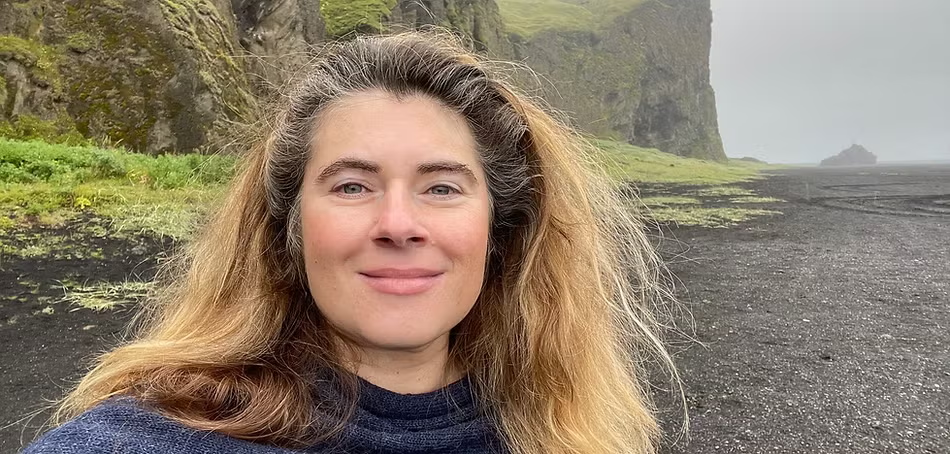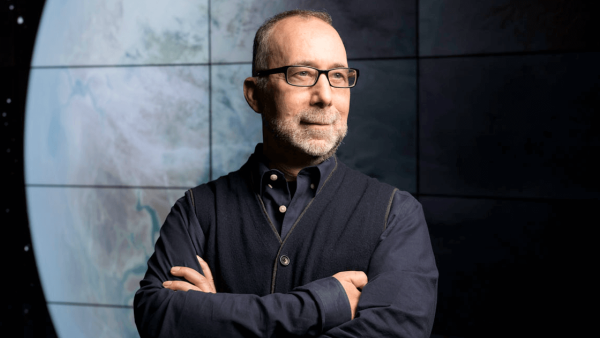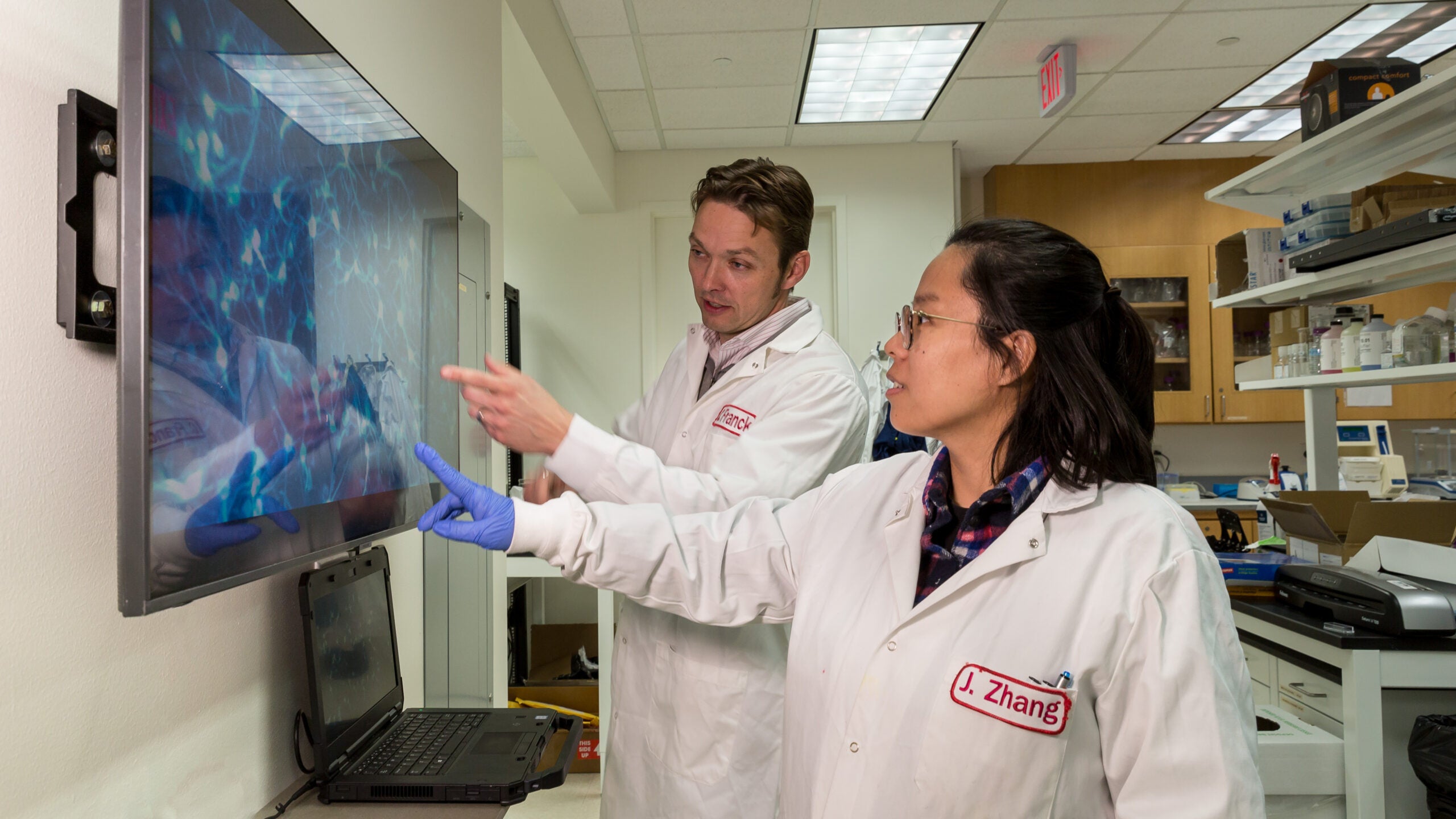Some scientists believe psychedelics can open a window into how our minds work. But if you really want to understand the science behind these mind-expanding drugs, you have to go inside the brain.
That was Robin Carhart-Harris’s dream long ago — to put someone into a brain scanner while they’re tripping on LSD. But 20 years ago, that had never really been done, and Carhart-Harris was just a college student at the time.
He went on to get a master’s degree in psychoanalysis and then a doctorate in psychopharmacology. Over the past 15 years, he’s done pioneering research on the neuroimaging of psychedelics — first at Imperial College London, and now as director of the Psychedelics Division at University of California, San Francisco. Today, he’s one of the most prominent neuroscientists studying psychedelics.
News with a little more humanity
WPR’s “Wisconsin Today” newsletter keeps you connected to the state you love without feeling overwhelmed. No paywall. No agenda. No corporate filter.
Steve Paulson talked with Carhart-Harris for “Luminous,” a series from “To The Best Of Our Knowledge” about psychedelics.
This interview has been edited for length and clarity.
Steve Paulson: Why did you become so interested in psychedelics?
Robin Carhart-Harris: I’ve been drawn to trying to understand the mind since my teenage years. I wasn’t finding much inspiration in mainstream psychology, but when I discovered Sigmund Freud’s work, that really resonated with me on a very profound level. And because of that, I had to learn more and read more.
SP: So how did you get from Freud to psychedelics?
RCH: It was the brain imaging that actually drew me in. Although I was drawn to psychoanalysis on an emotional level, I was frustrated by its lack of rigor and lack of ability to show its basis in biology. And when people in the 1950s and 1960s said there’s a drug that relaxes the ego and allows for the emergence of unconscious material, I thought, “This is an amazing scientific opportunity. Let’s take LSD to a brain scanner.”
So I knew that’s what I wanted to study. That led me to David Nutt (at Imperial College). And he said, “Interesting, but not yet.”
SP: It must have been hard to get funding or even approval for this kind of study.
RCH: And also nervousness about psychedelics at that time. This is around 2004 or 2005. So David basically said, “Cut your teeth, learn some psychopharmacology, study the serotonin system.” Although I felt disappointed that I couldn’t do my LSD brain imaging study, I understood that there was a bigger picture and I was getting my foot in the door.
That’s what transpired in 2009. There was an opportunity, with a bit of funding from the Beckley Foundation, to do brain imaging research, looking deep into the brain with fMRI, to see how psilocybin — magic mushrooms — are working in the brain.
SP: Were there any big surprises when you started looking at this brain imaging?
RCH: Yes, because there wasn’t much to go on at that time. There had been some early positron emission tomography analysis — PET imaging — but not much, and the methods were kind of crude. So we injected psilocybin, with the scanner running, and subsequently looked at changes in the brain blood flow and saw that it was dropping.
SP: There was actually reduced brain activity?
RCH: There was reduced brain blood flow. It isn’t quite a 1:1 relationship between blood flow and brain activity. I know it sounds like a detail, but it’s not really a minor one. It’s actually quite important.
SP: So one way to think about this is that the prefrontal cortex acts like a filter, blocking out certain things that we might otherwise sense from our unconscious. There’s this phrase, “the executive function,” suggesting that the cortex is what enables us to act in the world. But what happens when that system is knocked out?
RCH: It’s not entirely knocked out, but it is dysregulated. So it’s kind of scrambled in its functioning. It’s reasonable what you say, that the locus of this is cortex and it’s high level cortex. The prefrontal cortex is the part of the brain that we think of as massively expanded in humans. Under psychedelics, people have a certain clarity of vision. It suggests that maybe humans have overshot and we do too much analytical thinking. If you just relax, there can be this broader, clearer vision.
SP: You’ve come up with a theory of what you call the “entropic brain” — that psychedelics activate this tendency towards less regulation and more disorder. Is that a fair description?
RCHYes. Psychedelics seem to increase the already very complex quality of brain activity during normal waking consciousness. They lift it up. So other synonyms for entropy are complexity, diversity, richness, even information.
SP: That’s fascinating. I think of the cortex as the very analytical part of the brain that processes information, but you’re saying it may actually keep out information.
RCH: It suggests that although information processing during normal waking consciousness seems very impressive and our analytical skills are impressive, there can be compression of other aspects of information held within the system — things like memory and emotion. These are the things that seem to arise and emerge under a psychedelic, so that people have emotional insights and sometimes remember very remote things from their childhood.
SP: So it’s like putting some of Freud’s ideas into action, right? Normally, it’s very hard to have access to what’s happening in our unconscious.
RCH: One of the reasons why psychoanalysis failed to validate itself is that it’s very hard to demonstrate. Freud lauded dreams and dream interpretation as being the royal road to the unconscious. Well, it’s not that impressive because it hasn’t quite cut it with science.
Dream reports are given in retrospect and are often forgotten and confabulated. Whereas under a psychedelic, you have the experience in real time. You’re awake, you can report it quite close to the event. So it’s a major advantage.
SP: You’ve described this as a “reset.” It’s like the brain gets jumbled up; it’s knocked out of its old way of thinking. Are new neural pathways then opened up?
RCH: Yeah, there’s concrete evidence in terms of anatomy, of the sprouting of new components of neuronal communication via exposure to psychedelics — something referred to as “synaptogenesis.”
SP: Is the brain getting rewired?
RCH: Yes, it likely is. At least there’s an opportunity for rewiring. There is this paradox around plasticity — in and of itself, it’s not necessarily a good thing.
You could use that window of malleability of plasticity for ethically questionable ends. We could think of the military using psychedelics for things like mind control.
But in therapy, it’s about creating this openness, this opportunity for self-realization done in a very nurturing context.
SP: There are some fascinating evolutionary questions. Why would the human brain even respond to psychedelic substances — like the mushrooms laced with psilocybin that we find in nature? Did these mushrooms co-evolve with the human brain? Was it just an accident that our ancient ancestors happened to eat them and then had these remarkable experiences? Do you think about that kind of thing?
RCH: I do, and there are theories about it. Most famously, Terence McKenna had the so-called Stoned Ape Theory on the evolution of consciousness.
SP: His theory was that consuming mushrooms and perhaps other psychedelic substances actually jump-started consciousness in the human brain.
RCH: It’s a fascinating idea — really exciting and kind of spine-chilling. Yet, I’m not sold. I just think that it’s a bit too psychedelic-centric.
Probably what’s more likely is the Earth was in a particular climatic state that was hard, and it required some serious ability to deal with this hardship in a thoughtful and foreseeing and perhaps inventive way. And it was those early humans who managed to ride out that period of high stress and challenge that survived. Maybe they were the ones who had a bit more of the serotonin 2A receptor.
SP: Which is what psychedelics activate.
RCH: Exactly. We know with a high degree of confidence that these particular receptors are like locks that sit on neurons and then the key comes in, which could be serotonin, an important brain chemical, or it could be a drug that hijacks and mimics serotonin and works in the same way as a key.
That’s what psychedelics seem to do. They’re a kind of magic key that comes in and turns the lock as serotonin would.
SP: Why are psychedelics so powerful? Why can one trip literally change someone’s life?
RCH: To answer that, I would appeal again to the serotonin system in these magic locks, the 2A receptors. I think they’re special receptors. Humans have a lot of them. They are disproportionately expressed in cortex, which humans have so much of. These 2A receptors are especially prevalent at the highest level of the brain. So they’re in these regions of the brain associated with consciousness and species-specific functions like self-reflection and self-consciousness.
Why they are there is a really crucial question, which can help us understand why psychedelics are so profound in their action. My feeling is that they’re there for profundity, for fundamental shifts in perspective. And it’s only with fundamental shifts in perspective that you can have fundamental shifts in behavior. I think that’s why they’re there.





